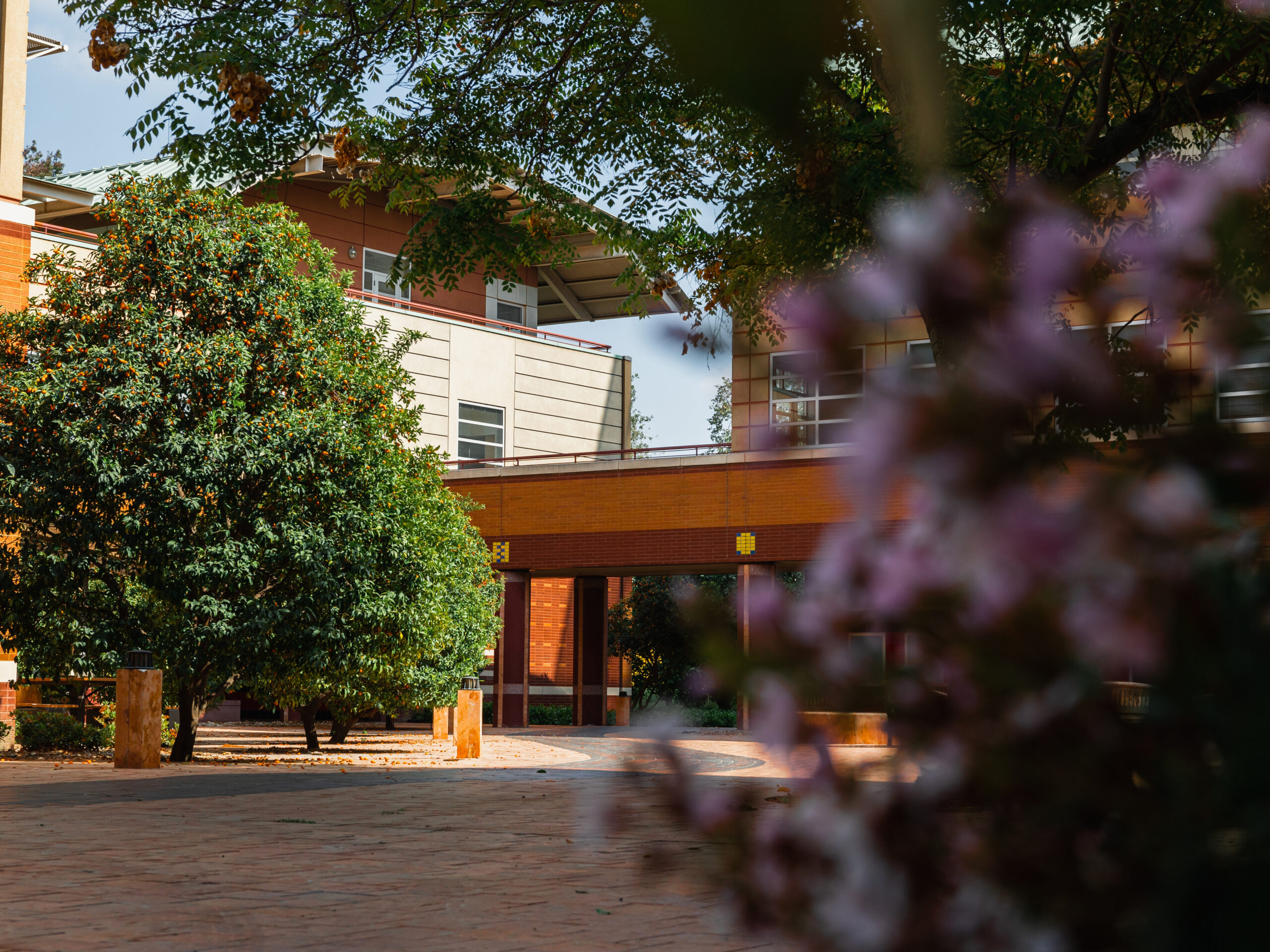
Two new students arrive on UC Riverside’s campus and are excited to attend an Asian American and Pacific Islander (AANAPISI) and Hispanic Serving Institution (HSI). They know that UCR should support minority students and help them develop the social and educational skills needed to overcome racial discrimination and limited economic opportunities.
The Hispanic student looks up “HSI mentoring” on UCR’s website and gets 155 results. The first five would be different HSI programs they qualify for on UCR’s campus.
The second student is “Asian.” They look up “AANAPISI mentoring.” This search would turn up only four results, none of which are a mentoring or support program.
This is especially strange because programs for AANAPI students at UCR exist! If an AANAPI student was aware of UCR’s designation and tried to find programs using the AANAPISI designation, they may not find one.
Why, at a university that receives special recognition from the Department of Education, would their experiences be so different? This trend occurs across the six UC AANAPISI campuses and the UC Office of the President website. Information about HSIs has approximately 36 times more indexed results than AANAPISIs on these sites.
The UC system appears to lack interest in engaging with its AANAPISI designation. We can examine the history of “Asian” students, their identity as a minority population, and the AANAPISI designation to better understand the lack of engagement in the AANAPISI status.
We can begin with the model minority myth (MMM), which is both false and harmful. This idea has received much recent attention because of the Supreme Court case that could end affirmative action. One of the most damaging components of the model minority myth is the assumption of educational success for “Asians.” “Asian” students do not need to work less than others to succeed, and when they implicitly or explicitly have these stereotypes placed on them, it can be harmful to their long-term success and mental health. This myth may be most damaging to Southeast Asian communities. For example, Burmese communities experience a 29.7 high school dropout rate. This expectation of success and pitting minority students against one another motivated the current challenge to Harvard’s admission practices. The MMM is especially problematic in university settings when “Asian” students with different ethnic or cultural backgrounds are compared for admittance or awards. Like the assumption that some students are less likely to succeed, the expectation of success for “Asian” students can negatively impact their educational success and mental health.
The second problem to discuss is the concept of being “Asian” or “Asian American.” The systemization of an “Asian” or “Asian American” monoculture minimizes the diverse experiences and backgrounds of the many groups subsumed by these titles. One example of this harm is the conscious, unconscious or institutional assumption that all “Asians” or “Asian Americans” are as successful in education and society as average Taiwanese, Chinese, Korean or Japanese individuals. The history of exclusionary immigration policies for “Asians” has led to unique groups of individuals immigrating to America from different countries under different requirements and scenarios.
Due to limitations on Asian immigration into the United States, immigrants have arrived from different Asian countries under vastly different circumstances. This could mean they are a 1st generation Chinese exchange student, a 2nd generation Hmong woman whose parents came to the United States as a refugee, or a 3rd generation Indian American whose parents immigrated on an H1-B visa. These varied circumstances have led these immigrants and their descendants to have vastly different experiences in the United States.
Therefore, I have made the conscious and grammatically incorrect choice to place these titles within quotations. The experiences, opportunities and challenges subsumed within the title of “Asian,” and their treatment in society do not conform to a single “Asian” experience.
So, what is going on in the UC system? Why are there approximately 36 times more results about the HSI efforts on UC campuses than AANAPI efforts? Only UC Irvine submitted grants or received funding to support these students in 2020 or 2021.
The first problem, clearly identified in a UC Davis update about its attempts to become an HSI, is that “opportunities for AANAPISI funding are fewer and yield fewer resources than some of the other MSI funding opportunities.” This could be due to the age of the AANAPISI designation or a byproduct of society’s belief that “Asians” will succeed due to the model minority myth. AANAPISIs must have opportunities similar to other MSI programs if they are going to meet the needs of “Asian” students.
The second reason could be the UC system, due to the aggregation of “Asian”-ness or institutional belief in the model minority myth assumes that these students will succeed without help. Criticism of “Asian” overrepresentation at top UC’s does not help either. The results of an expectation of success for all Asian students, and actual success of some Asian ethnicities within the UC system, have and will continue to mask the fact that many “Asian” students are struggling. They need support just like their Hispanic and Black peers within the UC system. The UCs should continue to expand the support of all minority students in the UC system and recognize they are failing to live up to the title of Minority Serving Institutions if they ignore their “Asian” students.
Six UC campuses claim a title that means they are uniquely able to serve their AANAPI students, but many of them do not appear to be living up to the title. I believe that these campuses need to demonstrate how they utilize the resources that come from their AANAPISI designation or they no longer deserve the title of Asian American and Native American Pacific Islander Serving Institution.







